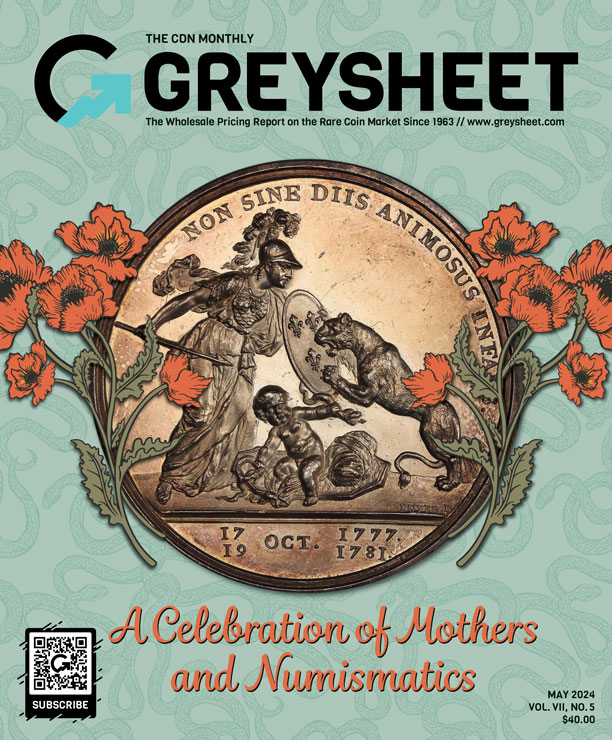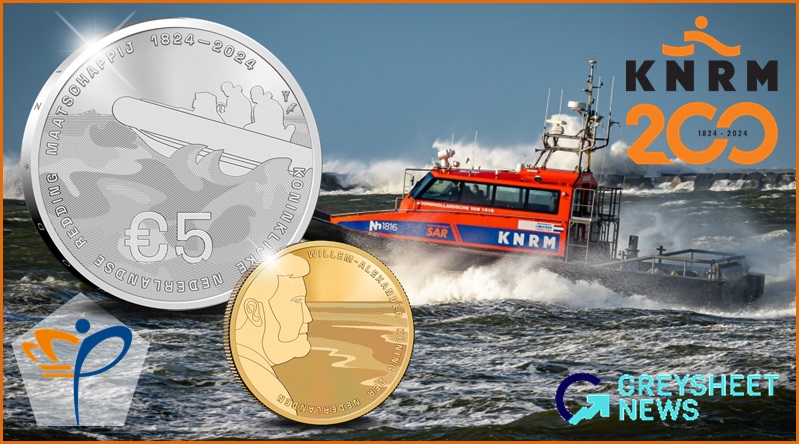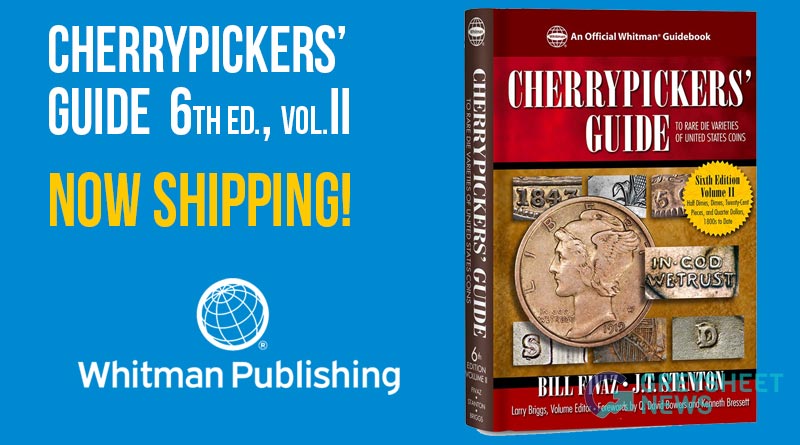Monthly Supplement: WHOLESALE VS. RETAIL: COLLECTIBLE VALUES IN THE REAL WORLD
Few aspects of coin collecting seem to confuse newcomers as much as coin values. Although the question, “What is my coin worth?” appears to be a simple question, the answer can be rather complicated. What is it worth to whom? When? The single most important factor to understand in discussing coin values (or any collectible value) is that price guides are just that…guides.
Anyone interested in knowing what a particular stock is worth can pick up most major daily newspapers (or go on the Internet) and be assured that the price quoted was correct at the time of publishing. The stock market is a regulated market and, as such, there is generally a one-to-one relationship between buyers and sellers. It is something of an oversimplification, but for every share of stock sold, there has to be not only a buyer, but a seller. The broker or agent who takes your order charges a commission for his services. Again, for the purposes of this discussion, retail can be thought of as the “Ask” price of the underlying stock plus the broker’s commission and wholesale as the “Bid” price minus any commission.
Buying and selling another regulated item, such as precious metals as we do here at Modern Rarities, is based on the spot price of individual metals at the time of transaction. For instance, using spot gold bid at $1250 and ask price at $1251, let’s say a retail buyer wishes to purchase a current date, one-ounce Gold American Eagle from large volume seller Company A. He can expect to pay $1307 (or perhaps $1303 in quantity). If the same individual wished to sell the same retail-friendly one-ounce gold coin to Company A, he would likely receive somewhere around $1280 for each coin he offers. Company A will add any coins purchased in this manner to its for sale inventory.
Confused? Don’t feel badly. As you can see, retail and wholesale values are much more slippery than they first appear.
This “slipperiness” is perhaps nowhere more apparent than in the collectibles market! As my own background is in rare coins and paper money, we will use the coin market as an example going forward. Numismatics is essentially an unregulated market; i.e., there are almost no government controls over the buying and selling of coins. This fact gives rise to many of the aphorisms in numismatics such as, “Buy the book before you buy the coin. There’s no such thing as Santa Claus in Numismatics.” And, “caveat emptor, or let the buyer beware.”
One of the best known retail value guides in coin collecting circles is A Guide Book of United States Coins by R.S. Yeoman. Often referred to as the “Red Book” for its color, this guide has been printed yearly since 1947 and offers a wealth of basic information in addition to retail prices for every coin every struck by the United States Mint (plus Colonials, Territorials, etc). Likely dating myself, I purchased my first copy in 1957.
Other readily available retail price guides include, “Trends of U.S. Coins,” published by Coin World and “Coin Market” published by Numismatic News. All of these price guides will be very close to one another in their coin values, with the later two being more accurate over the course of any given year since they are updated monthly.
When I first entered numismatics as a vest-pocket dealer in the late 1970’s, wholesale coin prices were solely the province of the CDN “Greysheet.” Most coin dealers sold at or near retail (from the previously mentioned retail price guides), bought coins at the “Bid” price listed in the Greysheet, and sold coins to other dealers at the Greysheet “Ask” prices.
During the course of the 1980’s, however, when a large number of investors entered the numismatic market, the Greysheet became readily available to the public. Of course, before long every collector wanted to pay Greysheet “Bid” prices for their coin purchases. In response and depending on the market, those dealers with a true wholesale clientele were forced to back off the prices listed in the Greysheet. The vast majority of coin dealers followed suite, with dealer buy prices quoted as “5 (percent)” back (of “Bid”), or “10 back,” or whatever number was currently dictated by the market. This allowed the true wholesaler to still make a profit, though slim in some cases. Truly rare dates and better grade coins often remained at “Ask” price or better.
For a specific example of this practice, let’s use the 1909-S V.D.B. Lincoln cent. In Very Fine (VF) condition, say, this coin is Bid at $650 and Ask is 10% more or $715. If dealer A buys this coin at $650, he can only profit from a wholesale transaction to those willing to pay more than this amount. If he can buy it at “5 back,” or about $618, he again has an opportunity to profit from a wholesale transaction at Bid or better.
Now, let’s throw another curve at you. Unlike the bullion dealer, such as myself, who is always willing to buy and sell (make a two-way market in) gold and silver, many coin dealers specialize in only a few areas of the coin market and are unwilling to buy coins outside of these areas…or will only buy at deeply discounted prices. Even in their area of specialization, other than key-date and semi key-key date coins in original (un-cleaned, undamaged) condition, many low-grade common circulated coins will be worth very little.
To further explain this fact, let’s look again to Lincoln cents. This time at circulated coins struck from 1941 to 1958. Although most retail price guides will list values ranging between 10c – 25c for these coins in VF condition, dealers commonly buy them for 75c per roll of 50 coins (and often sell them for only $1.50/per roll). Why? Mintages of these coins were in the 100’s of millions…even the billions for some years! They are very common in circulated condition and there is little demand for them. Most collectors desire Uncirculated (Mint State) examples of coins struck in these years and such coins are readily available.
The value of any coin (or collectible) is largely dependent on the supply (original mintage or surviving mintage) and on the demand (collector base). As the number of collectors looking for a specific coin in a particular grade increases, the value increases. Also, as the number of coins available decreases, the value of an individual specimen increases.
Price guides, then, are truly only an indication of possible value. Perhaps the true “bottom line” regarding collectible values is that any given item is worth what someone will actually offer to pay for it!
BY RANDY L. CAMPER, GUEST CONTRIBUTER
Randy L. Camper: is the owner of Modern Rarities a Licensed Precious Metals Dealer in the State of Ohio, was a grader/authenticator/finalizer for PCI, a U.S. Die Variety specialist, and also spent a year as a staff writer for Coin World. You can email Randy at: rarecoins@wcoil.com
Editor: We “met” Randy back in October 2016 when he emailed us feedback over specific pricing issues in Greysheet as they relate to his coin shop in Ohio. It turned out that Mr. Camper has some very important thoughts about one of our favorite topics, and we are fortunate to share his article here.

Download the Greysheet app for access to pricing, news, events and your subscriptions.
Subscribe Now.

Subscribe to Monthly Greysheet for the industry's most respected pricing and to read more articles just like this.
Source: CDN Publishing










